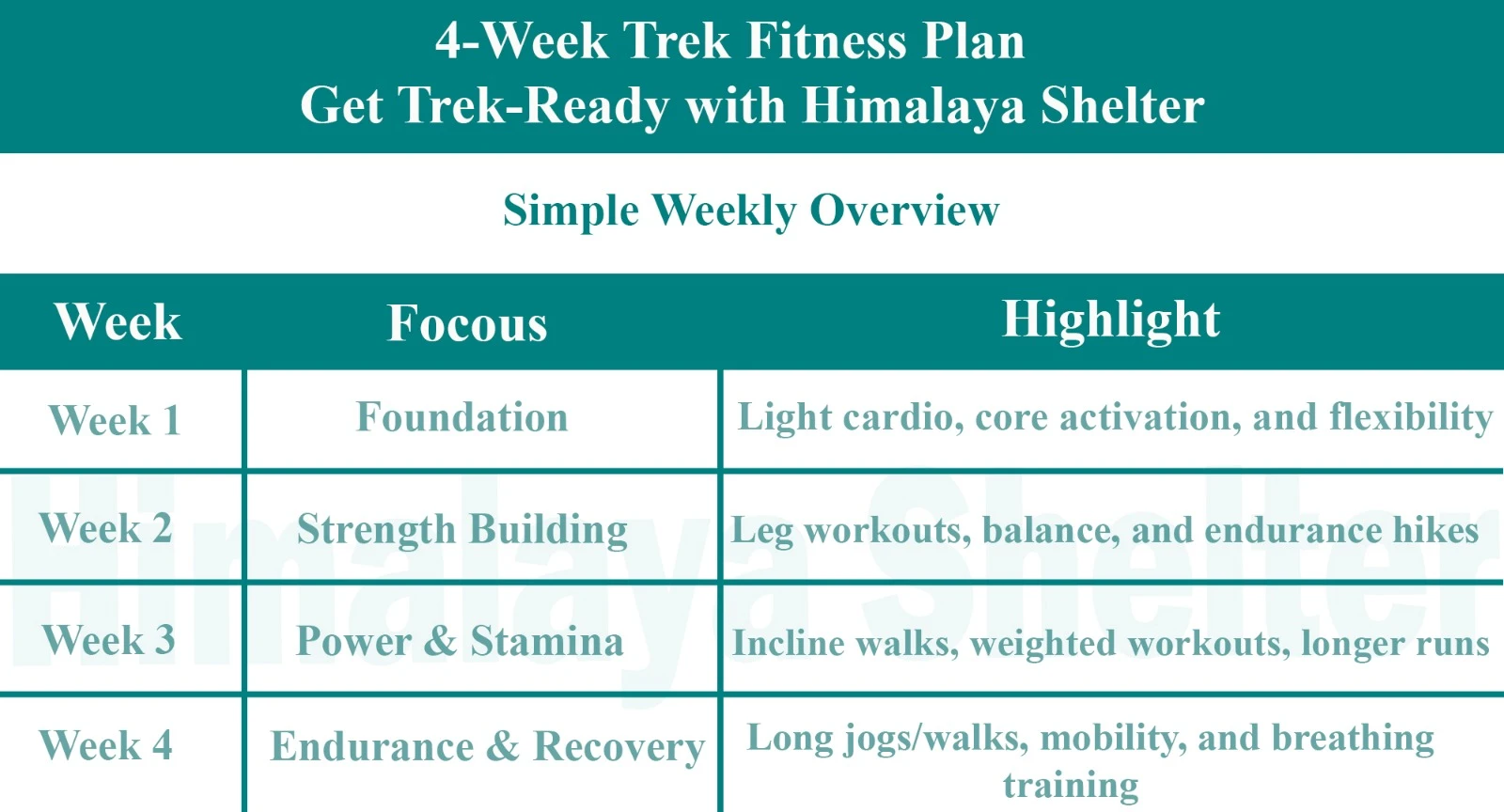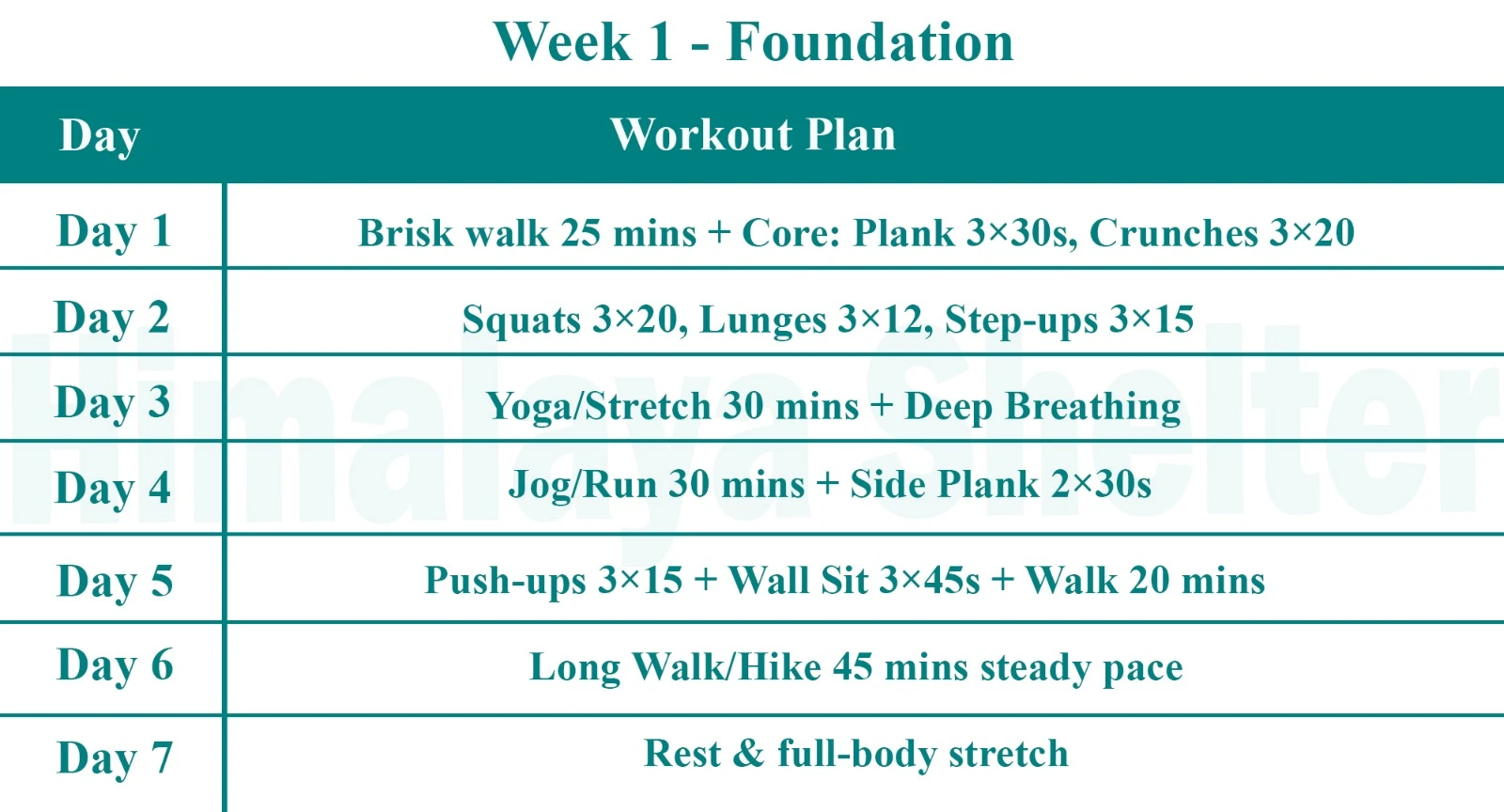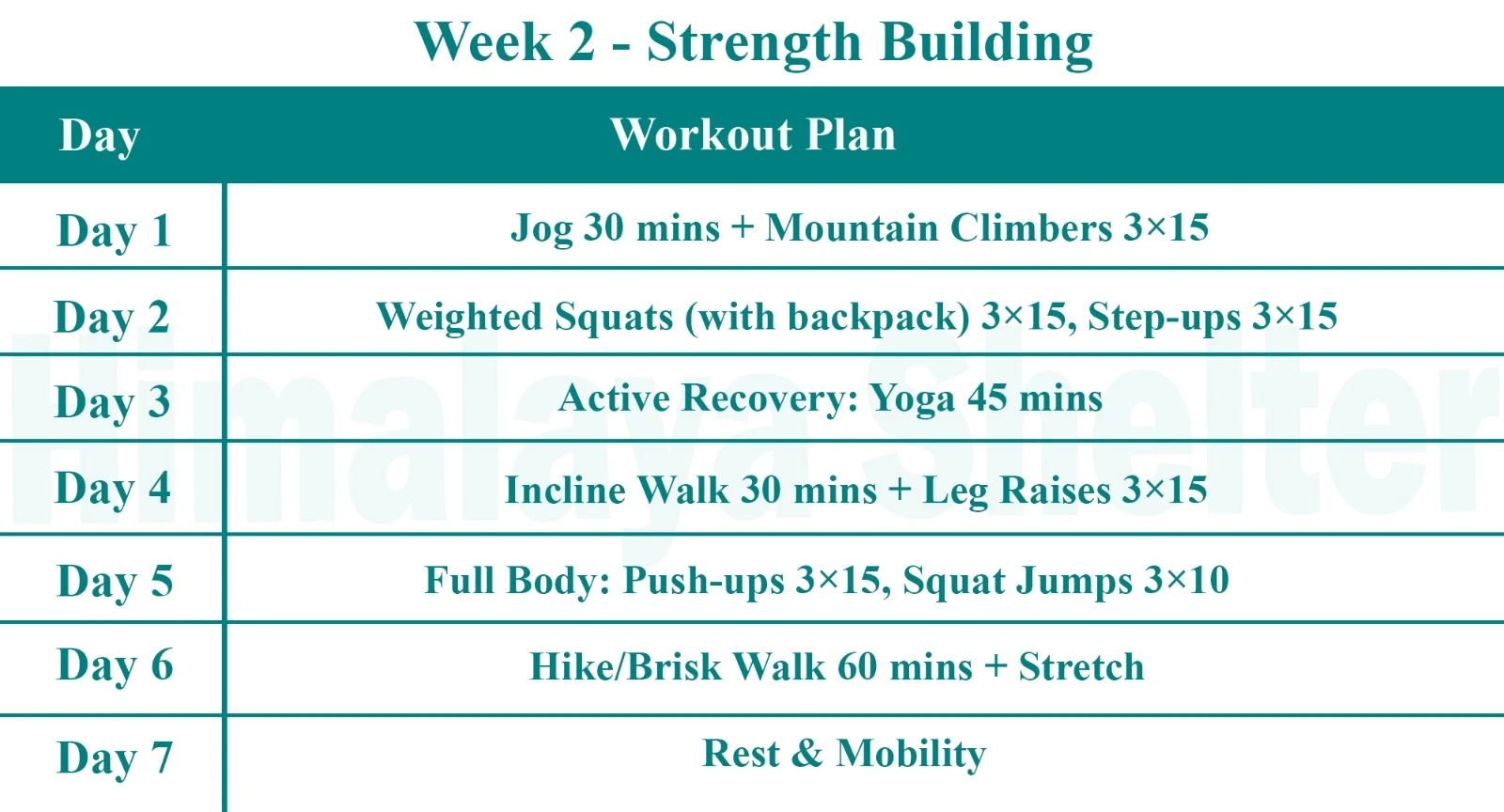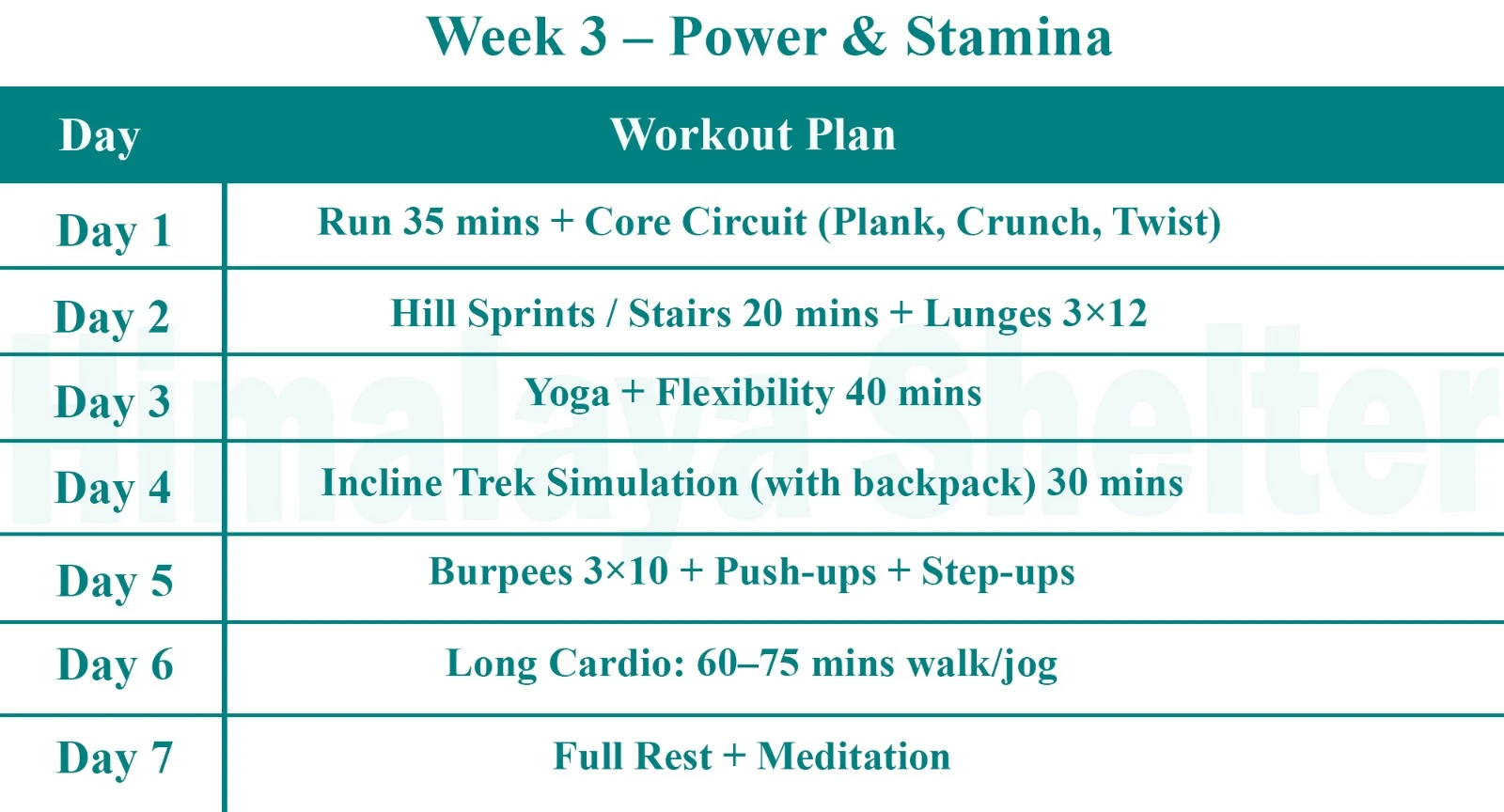
Rashi Top And Batgoera Bugyal Trek
TREK DIFFICULTY
Easy
TREK DURATION
3 Days
HIGHEST ALTITUDE
3600m
GROUP SIZE
12
TREK DISTANCE
12 Km
BASECAMP
Uttarakhand
BEST TIME
April to November
PICKUP POINT
Dehradun (Prince Chowk)
Rashi Top And Batgoera Bugyal Trek Overview
The Har ki dun valley is one of the most famous trekking destinations in India. Hundreds of trekkers of all ages have roamed in this beautiful saucer or cradle shaped valley. In this same valley lies another gem of a trek to 2 bugyals – Batgoera and Rashi. We trek through a side narrow valley above Dharkot village and after a climb of 4 km reach the beautiful Batgeora Bugyal. Since this is above 3000m the vegetation and landscape are filled with colourful flowers and spruce, fir and birch trees. The lower altitudes are dominated by oak, deodar and pine and while you trek up the forests slowly change to the high-altitude conifers. The trek is very easy and the trail wide and safe. We cross a couple of small streams on the way which adds to the adventure.
To reach the Rashi meadow from Batgoera is a climb of medium difficulty and will take 3-4 hrs depending on one’s fitness. This meadow is as high a Har ki dun and offers a complete 360 view of the hanging glaciers nearby. One can sit here and imagine how 100 years back these would all be full of ice. Today these are devoid of permanent ice but make for excellent grazing meadows for cattle and sheep. We do not camp here as it’s a high-altitude camp and weather, especially wind, can easily affect one’s health at these altitudes. It is recommended to return to the campsite of Batgoera after a day hike to Rashi and enjoy the bugyal in its pristine and serene environs.
Highlights of Rashi Top And Batgoera Bugyal Trek:
Day 1
The trek starts from Dharkot village in the Har ki Dun valley. We reach Dharkot after a drive of about an hour through the Govind National Park. The journey passes through Taluka and Datmir villages and slowly ascends to reach Dharkot. One can also sit on top of the vehicle like a local and enjoy the slow ride through mixed oak and conifer forests of the Govind Pashu Vihar. Once we reach Dharkot we begin our trek to Batgoera Bugyal by following the trail which passes through the village farms and climbs towards the ridge leading into the valley. The initial 30 mins of the trek is along village trails and is refreshing to see the locals working in their farms and going about doing their daily routine. Rajma, wheat and mandua farms are commonly seen. Apple orchards dominate once you cross the village limits. We follow the trail along a small stream which leads to a small pond called the Talab campsite. Shepherds routinely stay here with their herd to rest and graze before taking their sheep to higher grounds. There is very little water in the pond but the flat grounds near the pond make for an ideal campsite if one decides to camp here. We continue to follow the trail through the forest. Even on a sunny day this trail is completely covered by the trees and very comfortable. It is common to see a pair of Himalayan Monals flying away from the forest floor or hear the thrush whistling and the woodpecker pecking on a dry tree bark. Even though majority of the trees are conifers they have huge trunks, and you feel overwhelmed by the greenery. Occasionally the trees clear out to a small opening and it provides an ideal place to click pics and rest to enjoy the surrounding mountains. We cross a small stream and depending on the time of the year the level of water may vary. The vegetation changes from pine and deodar to spruce and fir indicating that we re gaining altitude. Since most of the trek is through a forest, we don’t encounter any wind which is a good while trekking at high altitudes. After trekking for about 3 hours we reach the meadow, locally known as Batgoera. It’s a vast and open bugyal with rolling small slopes. There are plenty of places to camp, but the recommended one is near the stream to access water. One can just relax near the campsite, explore the grassy meadow and photograph flowers and wild grass. In the evening a bonfire can be lit to keep one warm from the cold. One it gets dark the sky is your theatre.
Day 2
We wake up early and post breakfast start the trail towards Rashi Top. We carry packed lunch with us for the day hike. It is important to start early as the weather changes in the mountains in the afternoons and it is better to be back to the campsite by 2pm for hot lunch. Today’s trail is gentle initially but increases in gradient slowly. We cross a stream to reach the ridge which will eventually lead us to Rashi Top meadow. Once we cross the tree line we get the true feel of a high-altitude trek. Open grasslands with huge boulders scattered nearby. It does get tiring and drinking water is recommended. You can see the campsite as you ascend, and it gives you a feel of how high you are getting. Even though its just a 600m climb today it feels more as the gradient is steep. The trail is wide and comfortable so if one has good company, it passes off easily. The final stretch before Rashi Top does get windy. After the final push you cross the spur and see the beautiful meadow of Rashi. It’s a sight to behold and suddenly the snow line looks near, the hanging glaciers look scary, and the peaks look sharp and intimidating. The guide explains that there is a sacred lake – maldaru, lying somewhere between these hanging glaciers. We spend a couple of hours here clicking photos and knowing about the valleys, peaks, flora and the shepherd’s way of life. After eating the packed lunch, we slowly start our descent. It’s easy on the heart and breadth but difficult on the legs. We trace the same route back to the Batgoera campsite and relax enjoying the campsite environs.
Day 3
Post breakfast we pack our bags and help the team pack the tents. This is the easiest day of the trek, and we will trace the path back to Dharkot village.
The above trek progress is just one of ways of doing this wonderful trek. Depending on the number of available days, the trek can be shortened or increased and some camping places added extra or skipped. Also, this trek can be combined with another trek in the Harkidun valley as well.
Day 1: Dehradun to Sankri
Day 2: Drive from Sankri to Dharkot Trek 3 hours to reach Batgoera Bugyal campsite
Day 3:Day hike from Batgoera to Rashi Top and Back. Overnight in tents.
Day 4: Trek down to Dharkot Village in 2 hours. Drive back to Sankri in 1 hour. Reach by 1pm. Overnight in Guesthouse.
Day 5: Drive from Sankri to Dehradun
In Himalaya Shelter, we provide you with the option to customize your trekking experience. Whether you're a solo traveler, a group of friends, or a family, you can opt for our personalized tailor-made trekking program. This customized trek will be exclusively designed for you, taking into account your specific requirements for transportation, accommodation, meals, and any other premium facilities you may need during the trek. No other participants will be added to your group. Choosing a customized trek will enable you to fully enjoy the trek with your loved ones. Click here to learn what a Customized Trekking program looks like.

Mandatory Backpacking List for Aancha Top Trek
Clothing and Backpack
Get a good backpack (50 L) with a rain cover. Look for a bag that can provide you good back support. Pack 4 quick-dry t-shirts and 2 trekking pants. Get a pair of thermals (upper and lower) for night. Pack a fleece jacket or woolen sweater as a mid-layer. Get a waterproof wind breaker for sudden rain and chilly winds. For winter trekking, get a good down jacket. Now pack a woolen beanie and a balaclava. Get two pairs of gloves (woolen and waterproof). You should also pack a suncap for the daytime.
Footwear
You should look for good quality trekking shoes. Your shoes must be waterproof and provide good ankle support. Do not wear a new pair of shoes on the trek. Your feet must be familiar with the shoes. Now pack 4 pairs of trekking socks and 2 pairs of woolen socks. Pack a pair of comfortable slippers or sandals for the campsite.
Personal Care
For personal care items, start packing with your toiletries. Get a small zipper pouch and pack all the toiletries. Now look for a quick-dry towel and a toilet roll. You should also pack hand sanitizer and moisturizer. Pack a sunscreen that can protect your face from sunburn. You can also pack some snacks for the trek.
Physical Fitness Preparation for Trek:
To overcome the difficulty level of trekking, it requires strong cardiovascular endurance, muscular strength, and overall physical fitness. Incorporate these exercises into your routine to increase strength, stability, and stamina, which will help you tackle difficult terrain sections of the trail at high altitudes.

Overview

Foundation

Strength Building

Power & Stamina

Endurance & Recovery
Day 1: Dehradun to Sankri. Drive 7 hours. Overnight in Guest House
Day 2: Drive from Sankri to Dharkot Village in 1 hour through Govind National Park. Trek 3 hours to reach Batgoera Bugyal campsite. Overnight in Tents
Day 3: Day hike from Batgoera to Rashi Top and Back. Overnight in tents.
Day 4: Trek down to Dharkot Village in 2 hours. Drive back to Sankri in 1 hour. Reach by 1pm. Overnight in Guesthouse.
Day 5: Drive from Sankri to Dehradun
Trek Package Inclusions
Our treks are specially designed by the experienced team at Himalaya Shelter, taking you on an adventure of a lifetime all while making you connect not only with the bountiful nature but also with yourself and with others on the trek with you, creating wonderful memories which will last you a lifetime. All Himalaya Shelter treks are guided by experienced Trekkers having vast knowledge and experience of the region, providing with insightful information and stories pertaining to the region’s flora and fauna and the history of the region, whilst on the trek. It is safe to say that on successfully completing the trek, one will gain tremendous insight and experience along with lifetime memories.
- Transport - Pickup time: 7:30 am, Prince Chowk, near Dehradun Railway Station
- Accommodation – At Base Camp, stay at a local homestay or guest house for one night each, which will give you an insight into the authentic lifestyle of the locals. (INR 5000 per person extra for single sharing throughout the trek)
On Trek stay in a 2-person Vango Halo Pro/A-Shape tent, which is to be shared by two trekkers, built to withstand extreme weather conditions and at the same time making you comfortable after a hard day’s trek. - Camping Equipment – specially designed sleeping bags that can withstand harsh weather conditions, foam mattresses. Other safety gear like microspikes, gaiters, an ice axe, and helmets will be provided.
- Medical Kit – our team will be equipped with an extensive medical kit, which our team is trained and experienced to use. Oxygen cylinders are used after they are thoroughly inspected throughout the Trek. Even campsites have large oxygen cylinders as backups.
- Permission - Forest entry charges for Indian nationals (Additional charges will be applicable for international tourists)
- Meals – Breakfast, packed lunch (on trek days), evening snacks, and dinner will be served. A hearty, delicious, and nutrition-filled Veg meals with egg preparation will be provided throughout the trek. (Jain and Vegan Food can also be arranged on prior notification.)There will be a dedicated Kitchen Tent along with a dining tent, which will have a dining table too.
- Our Team – A highly experienced and AMC-certified Trek Leader who will help ensure that the entire trek goes smoothly and safely while navigating the challenging conditions during the trek, and is skilled enough to navigate any medical emergency that can arise during the trek. Local and route Guides who are well-versed with the region and provide an in-depth insight into the local customs and knowledge of the flora and fauna endemic to the region. A dedicated Kitchen staff, which includes a Cook, a helper, and other support staff. There will also be porters and mules to carry common equipment.
- Cloakroom - We have a cloakroom facility available for extra luggage. Every trekker is permitted to leave their luggage behind at no charge.
Exclusions
- Personal expenses like tips, personal medicines, phone calls etc.
- Travel Expenses - Travel expenses from your hometown to the mentioned Pick-Up Point are not included in the trek fee.
From the scheduled pick-up spot to the base camp, we have our own fleet of vehicles like Bolero, Innova, Dezire, or Tempo Traveler (12-seater). This is be shared by trekkers for a pre-decided amount. All vehicles are non-AC. - Personal Equipment - Any personal gear like jackets, shoes, cutlery, or backpacks are not included in the trek fee. We recommend renting them from our Rental Store for an affordable fee. This can be pre-arranged to avoid last-minute hang-ups.
- Offloading - We encourage carrying your backpack to get into the true spirit of trekking. However, if needed, you can opt to offload your personal luggage of up to 12 kgs for an additional cost of INR 400 per bag per day.
- Trek Insurance - A mandatory trek insurance fee is charged in addition to your trek fee. Since most medical insurance doesn’t cover adventure activities, trek insurance offers essential coverage, enhancing your safety without a significant financial burden.
- Buffer day on the trek - We have kept a buffer day on the trek to account for any weather-related delay. If this is utilized, you will need to pay an extra amount to your trek leader.
- Anything apart from inclusions
- Please carry a lunch box for a packed lunch/breakfast to avoid using polythene and Aluminium foil.
Keeping the Himalayas clean is our own responsibility. Reduce the use of Plastic when you are in the abode of the Sacred Himalaya. 🌱
Read More on Rashi Top And Batgoera Bugyal Trek
Photo Gallery






Treks by Categories
Treks By Month

Treks By Experience









